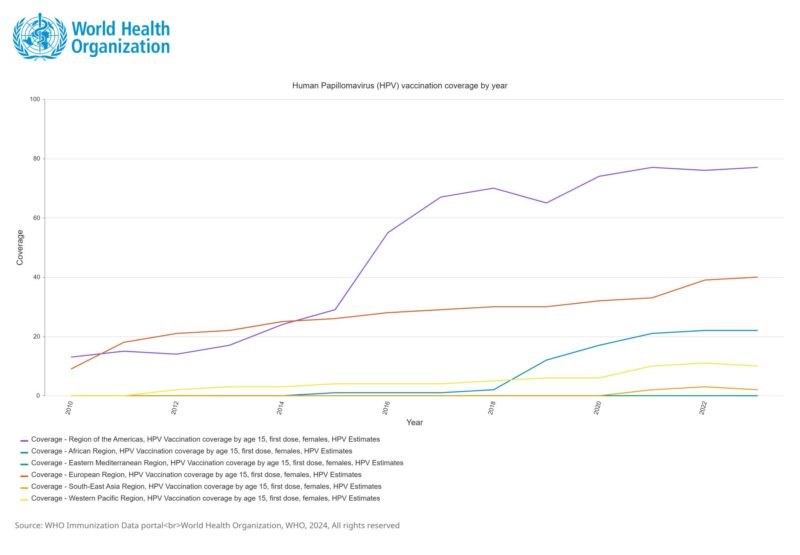Runcie C.W. Chidebe, Executive Director of Project PINK BLUE, shared an article on LinkedIn:
“Today, I am super excited to share our new publication ‘The Global Fund, Cervical Cancer, and HPV Infections: What Can Low – and Middle-Income Countries Do to Accelerate Progress by 2030?’ in eClinical Medicine (a higher-impact journal with an impact factor of 18.9, part of The Lancet Group discovery science).
In this study, we analyze The Global Fund (GF)‘s work and find that:
- Founded in 2000, the GF has historical roots in Africa.
- The GF has made over $60 billion in investments in the fight against HIV/AIDS, malaria, and tuberculosis across more than 80 countries in Africa, the Americas, Asia, Europe, and Oceania.
- The GF has invested over $3.4 billion in Nigeria since 2012. Today:
- 90% of Nigerians with HIV know their status.
- 98% have access to treatment.
- 95% have suppressed viral loads.
- 28% decrease in new HIV infections.
- The impact of the GF’s health investment across the globe is commendable.
Based on this, we argue that urgent action is needed to replicate the GF’s work for cervical cancer elimination if LMICs aim to meet the 90/70/90 target by 2030.
- There is a need for a Global Fund for Cancer.
- Regional blocs, such as the African Union, must establish continental funding mechanisms targeting cervical cancer elimination (e.g., African Fund for Cervical Cancer Elimination).
- Corruption in the health sector is stealing from the sick—of the $7.35 trillion spent on healthcare globally, $455 billion is lost to corruption.
- CSOs in LMICs must lead advocacy for open governance.
- LMIC healthcare systems remain donor-dependent rather than government-driven.
- Innovative financing in vaccine manufacturing is crucial—continuous importation of vaccines may not be sustainable.
Why?
- Dependency on international aid is not sustainable for any LMIC healthcare system.
- Cervical cancer is a stark marker of the inequity and inequality in access to healthcare for girls and women.
- Access to the life-saving HPV vaccine is defined by a country’s income level and geographical location rather than the burden of disease.
- The acceleration of cervical cancer elimination to meet the 90/70/90 target by 2030 remains a challenging yet achievable goal.
How?
- Engage wealthy individuals in LMICs to fund cervical cancer elimination.
- Example: During the COVID-19 pandemic, an African coalition raised over $20 million in just four months to mitigate the impact of the pandemic. Africa has done it before—it can do it again against HPV and cervical cancer.
- Replicate successful models:
- Aspire Coronation Trust Foundation has invested $245,484 in cancer intervention grants across nine African countries—this approach must be expanded across LMICs.
Special thanks to my co-authors Osayi Alile and Julie S. Torode.
Share your thoughts or repost!”

The Global Fund, Cervical Cancer, and HPV infections: what can low- and middle-income countries do to accelerate progress by 2030?
Authors: Runcie C.W. Chidebe, et al.

More posts featuring Runcie C.W. Chidebe.
